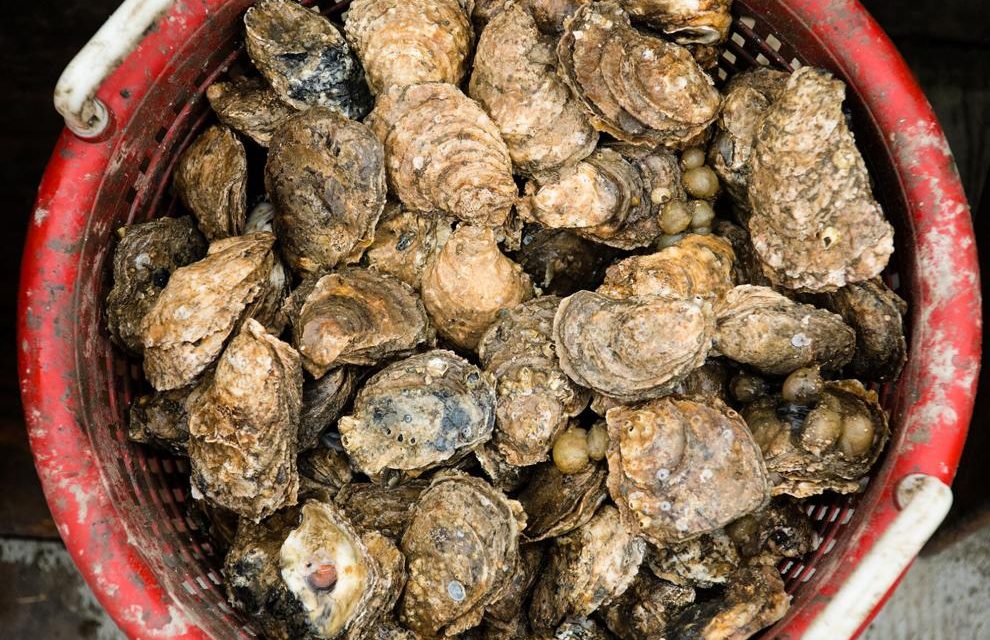By SHIFRA DAYAK
Capital News Service
WASHINGTON – A House panel held a hearing Wednesday on a bill that would boost Chesapeake Bay restoration and environmental education programs.
The Chesapeake Bay Science, Education, and Ecosystem Enhancement Act of 2023, sponsored by Rep. John Sarbanes, D-Maryland, would reauthorize the National Oceanic and Atmospheric Administration’s Chesapeake Bay office for the first time since 2006.
Congress has appropriated funds to the NOAA office each year, but an official reauthorization would allow the office to more efficiently carry out Chesapeake Bay restoration and monitoring initiatives, Sarbanes told the House Natural Resources Committee’s water, wildlife and fisheries subcommittee.
“In recent decades, the health of the Chesapeake Bay has been negatively affected by nutrient runoff across the watershed, disappearing coastal and marine habitats and many other factors,” Sarbanes said. “That makes the passage of the Chesapeake Bay SEEE act all the more important.”
The bill would also enhance NOAA’s interpretive buoy system, which collects data on water quality, weather patterns and more; enhance NOAA’s aquaculture programs that aim to support marine habitats and workers in the seafood industry; and finance grants for hands-on environmental education in kindergarten through 12th grade classrooms in the region.
This bill, introduced in the summer, “could not come at a more critical time,” according to Allison Colden, the Chesapeake Bay Foundation’s executive director.
“There’s still much work to be done,” Colden said. “To achieve meaningful and lasting restoration… we need all of our federal partners at the table.”
Colden pointed to the NOAA Chesapeake Bay office’s positive track record on oyster restoration projects, citing the bill as an avenue to continue such initiatives in the future by ensuring the office has financial stability.
NOAA staff are working to restore oysters in 11 tributaries in the Chesapeake Bay watershed, and have completed restoration across more than 1,900 acres, according to a tracker by the Chesapeake Bay Program.
“The scale of this work is really unprecedented,” Carrie Selberg Robinson, the director of NOAA’s habitat conservation office, said of the oyster conservation efforts. “We want to continue to build upon our successes that we’ve had… and continue this great work of oyster restoration into the future.”
Rep. Rob Wittman, R-Virginia, who co-sponsored the bill, also praised its potential impact on furthering oyster restoration projects.
“Large-scale oyster restoration is really Mother Nature’s filter in taking a lot of stuff out of the bay that would otherwise take years and years to do,” Wittman said.
The Chesapeake Bay SEEE Act comes amid other efforts this congressional session to restore the health of the nation’s largest estuary.
Sarbanes also sponsored a bill that would designate the bay as a national recreation area under the National Park Service. Wittman sponsored a bill that would fund conservation initiatives in the watershed, such as a pilot project to plant riparian buffers.
The latest Sarbanes-Wittman bill includes provisions to instill stewardship values into students, allowing for bay restoration to continue in the long term, witnesses told the subcommittee. If passed, the bill would continue to fund NOAA’s Chesapeake Bay-Watershed Education and Training Program, which provides grants for environmental education in the watershed.
Witnesses faced slight pushback on the bill from Rep. Cliff Bentz, R-Oregon — the ranking member of the subcommittee — who called for supporters to provide more specific metrics about the benefits of environmental education.
Colden said that the Chesapeake Bay Foundation will provide the subcommittee with numbers ahead of further movement on the bill, but added that the positives of teaching children about caring for the bay are evident.
“We’re building the workforce that can continue the work of Chesapeake Bay restoration,” Colden said. “It’s so incredibly important to make that investment in our next generation of bay stewards.”




Recent Comments